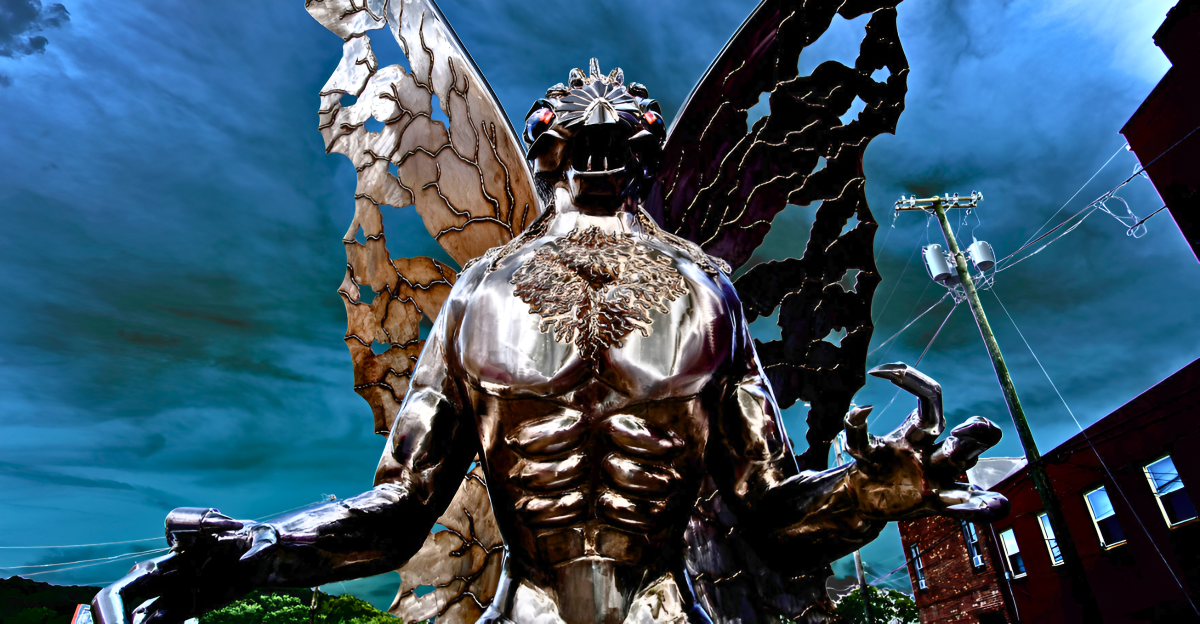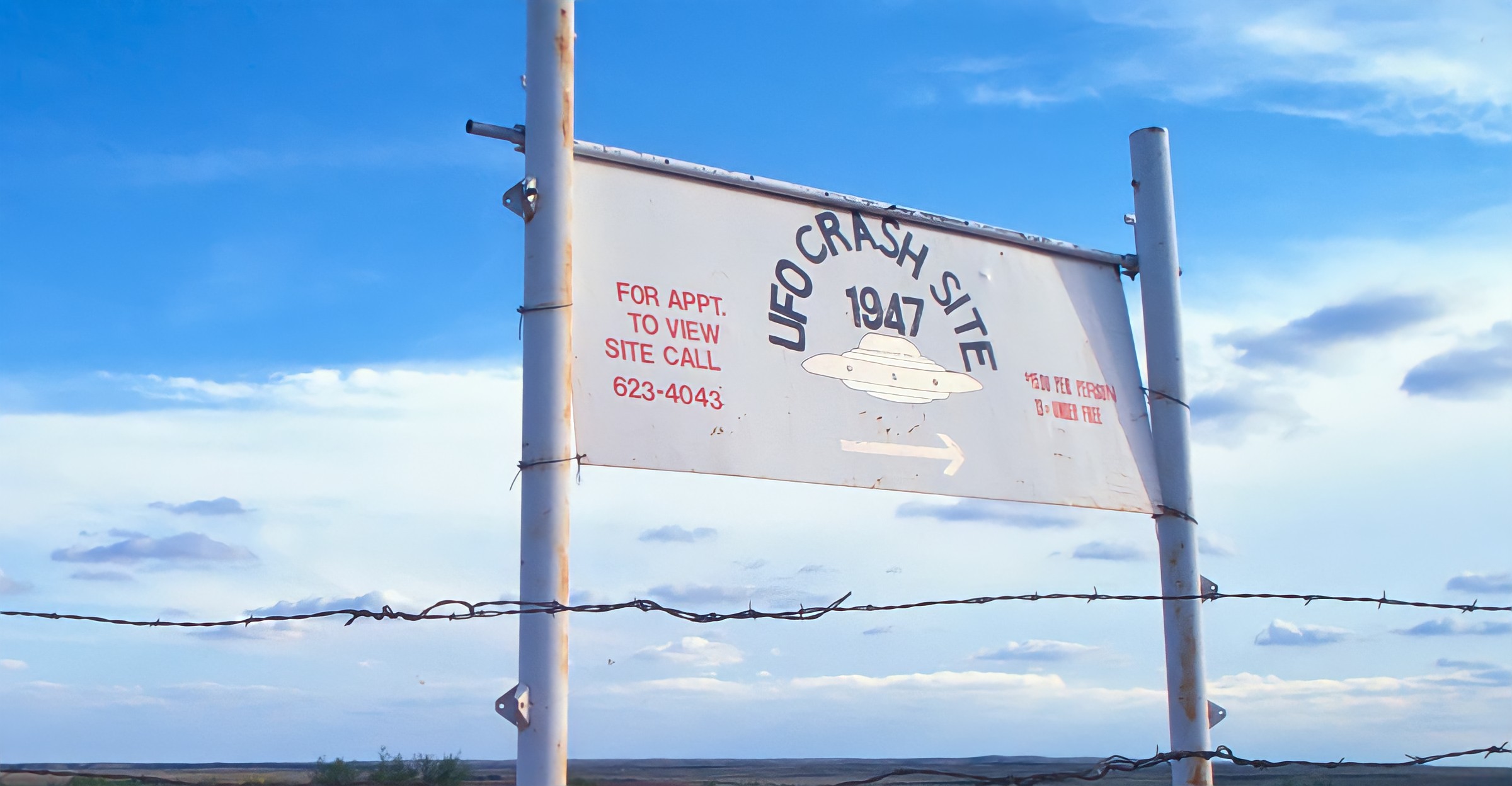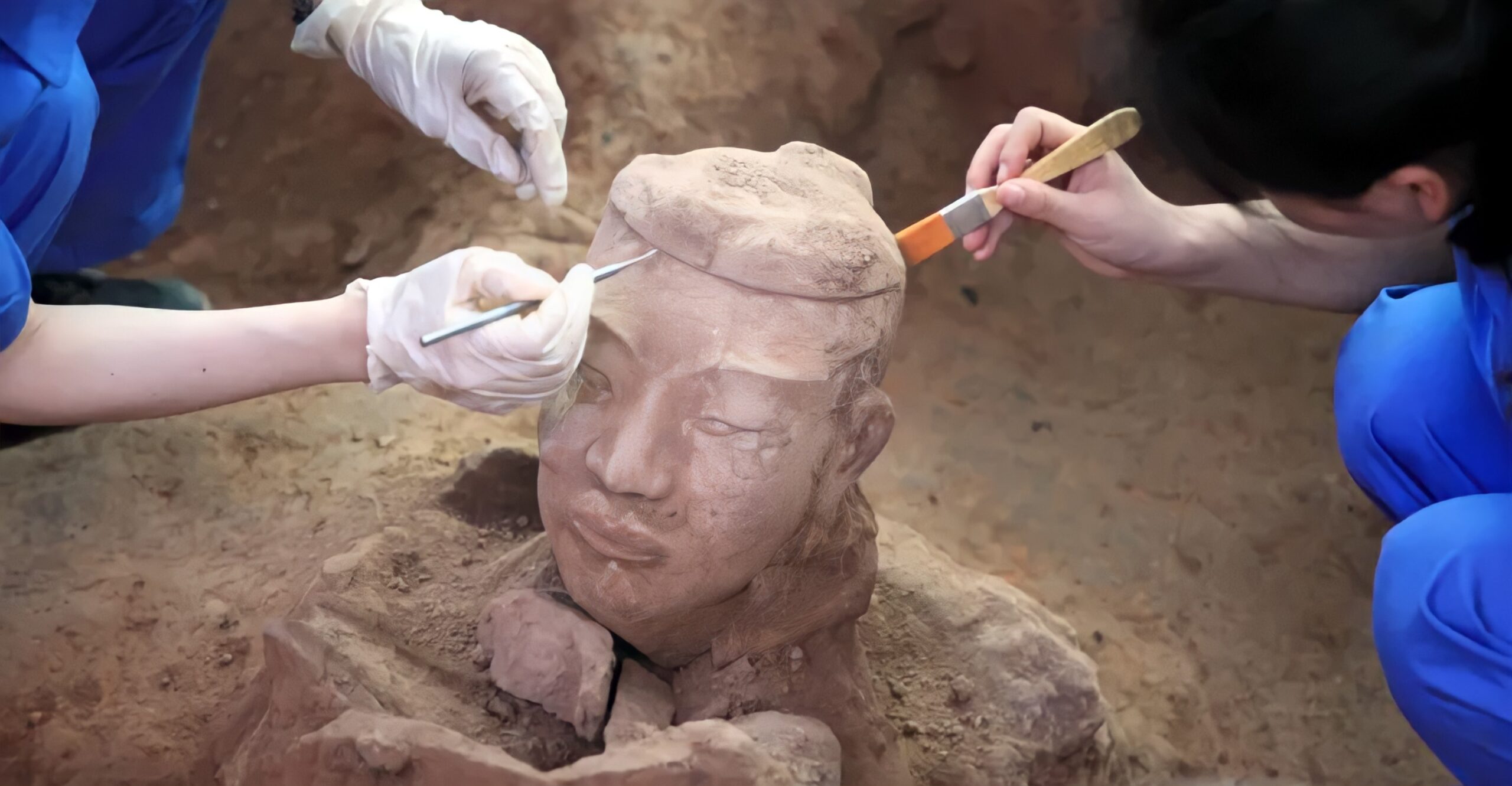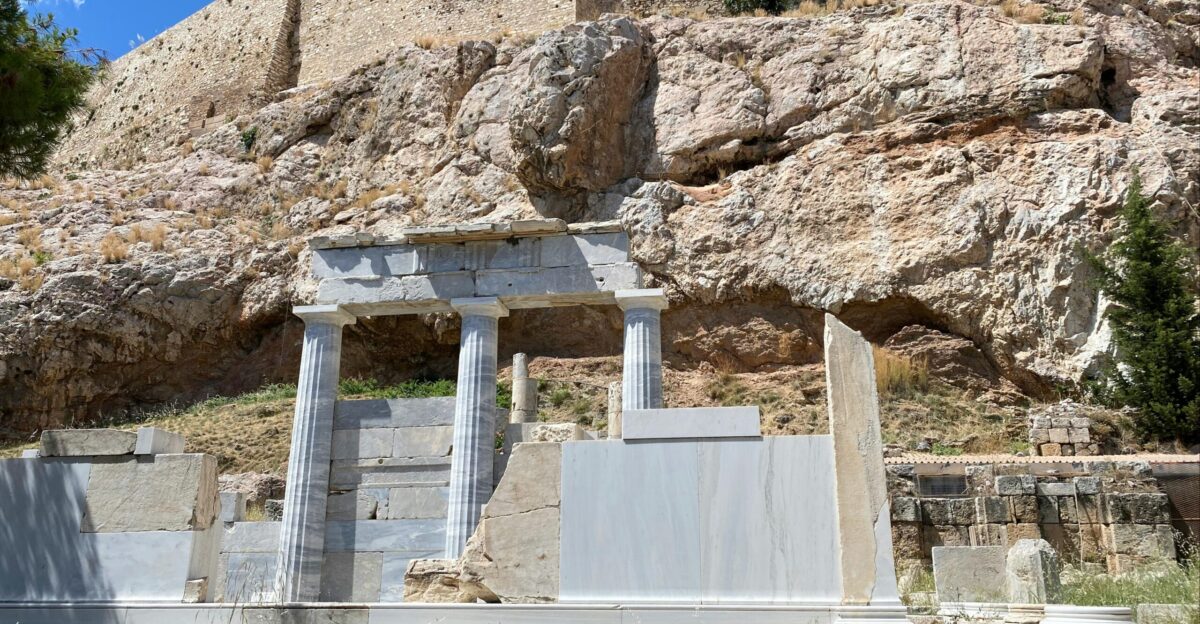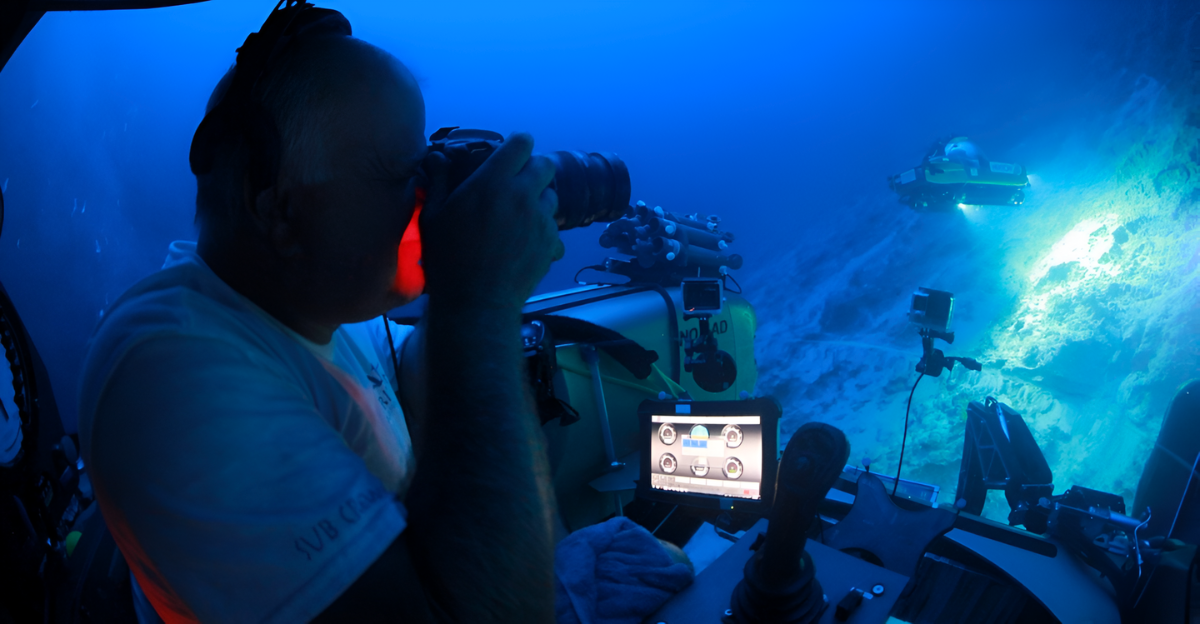
Deep beneath Southern Africa and the Pacific sit enormous blobs. The African anomaly is bigger than the entirety of the U.S. It sits approximately 1,800 miles deep and 497 miles tall. In the last decade, scientists have leveraged modern technology to get a better image and reveal its true size.
Researchers are closely monitoring the blob, and what could be hidden inside. Some researchers argue the structure could even be debris from the Moon-forming impactor Theia.
Tuzo

If the blob were pulled from the Earth, it would stand taller than any mountain range and spread wider than the continent above it.
High-resolution scans show its edges stretch for thousands of kilometers. Because it’s so huge, the blob slows rising hot rock, steers volcanic plumes, and nudges tectonic plates above it. Coupled with the Pacific blob, they represent Earth’s biggest hidden landmarks.
Jason

Jason is the counterpart to Tuzo and is akin to being its twin. Deep under the central Pacific, the “Jason” LLSVP forms a tall, broad dome 430-500 miles (700-800 km) and nearly 3,000 miles wide. This blob is denser than its African counterpart and, according to a study published in Nature Scientific Reports, it contains up to 53% more subducted oceanic crust accumulated over the past 300 million years.
That extra weight keeps the Pacific pile neutrally buoyant and relatively stable, anchoring mantle convection beneath the Ring of Fire.
Discovered By Earthquakes

The African and Pacific blobs were discovered in 1984 when seismic waves arrived surprisingly late whenever they’d pass beneath Africa or the Pacific. Computer models pointed to two dense, slow-moving patches deep in the mantle on opposite sides of Earth.
The research team behind the discovery nicknamed them “Tuzo” (African) and “Jason” (Pacific), honoring Canadian geologist J. Tuzo Wilson and American geophysicist Jason Morgan. According to the 2023 Caltech/ASU study, one of the twins’ most notable traits is that they could both be as old as the Moon in the sky. Although it should be taken into consideration that no direct radiometric ages prove this hypothesis.
Theories On Their Origins

The most prominent theory, backed by computer models, suggests a Mars-sized body named Theia smashed into baby Earth then. Fragments of Theia may have sunk to the core-mantle boundary, creating iron-rich blobs. ASU News/Caltech stated, “Earth’s blobs are remnants of an ancient planetary collision.”
These blobs could match today’s slow, dense provinces—the African Tuzo and Pacific Jason. Based on the size of mineral grains inside the blobs, the twin structures have been deep within the Earth for a very long time – with age estimates of Jason being an average of 750 million Tuzo at least a billion.
Calculating Collisions

In November 2023, two million collision simulations were calculated in a study led by Qian Yuan from the California Institute of Technology (Caltech). The simulation found bits of Theia’s mantle equal about twice the Moon’s mass and match the combined volume of African and Pacific blobs.
That means the African lump and its Pacific counterpart could be pieces of another planet that left a permanent piece of itself behind, at least according to the study. However, based on current seismic data, this link remains circumstantial.
Their Role Inside The Earth

The blobs are each found on opposite sides of the planet and play a role inside the Earth. According to NASA, the Tuzo disrupts heat flow at the core–mantle boundary, contributing to the South Atlantic Anomaly—a weak spot in Earth’s magnetic field that periodically forces satellites to shut down sensitive instruments when passing overhead.
Meanwhile, Pacific Jason sits beneath the Ring of Fire, feeding hotspots that create Hawaiian volcanoes and Japanese earthquakes. The twins’ deep histories influence everything from smartphones to farms and tsunami warnings.
Consequences

“They’re among the largest things inside the Earth, and yet we don’t know what they are,” says seismologist Ed Garnero, emphasizing the blobs’ scientific allure. Even satellites are affected by the twins as they pass over. “These events cause no harm to GEDI,” notes NASA instrument scientist Bryan Blair, “but the resets mean a few hours of lost data each month.”
From farmers banking on fertile volcanic soils to engineers hardening spacecraft electronics, people worldwide already live with the consequences of the twin deep-Earth giants.
Tectonic Activity

According to Qian Yuan and colleagues from Caltech, geodynamic models show the blobs’ hot tops punch mantle plumes upward, thinning lithosphere and igniting super-volcanic episodes that once paved southern Africa and India with flood basalts.
Tuzo’s rising instability correlates with uplift across eastern Africa, while Jason’s plumes feed the Pacific Ring of Fire.
The Future

Artemis astronauts plan to sample deep lunar basalts by 2027. If they find matching isotopic fingerprints with African—and Pacific-blob-fed lavas in the process, it would give the Theia hypothesis more validity.
As space and deep-Earth missions merge, scientists hope the planet’s hidden megastructures will move from mystery to being leveraged for a deeper insight into the Earth and other planets in space.


